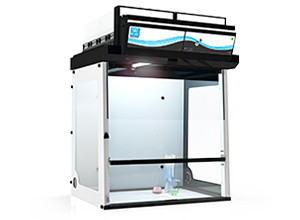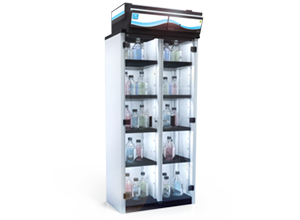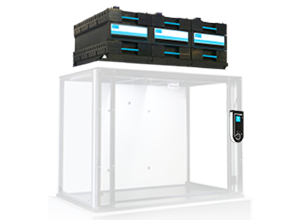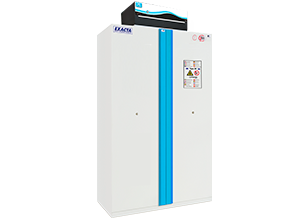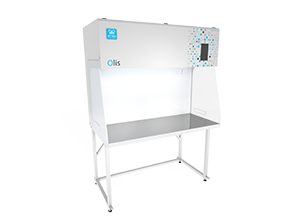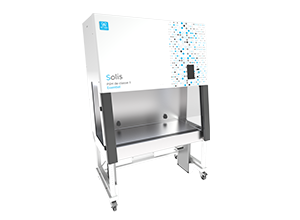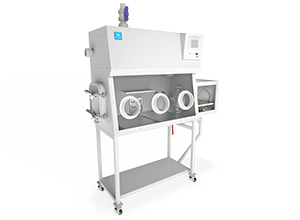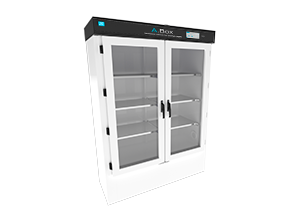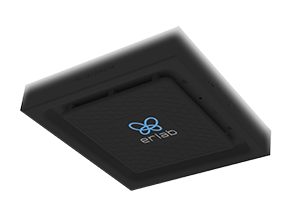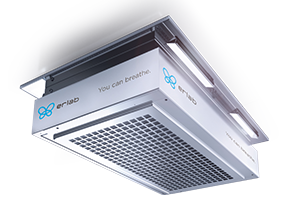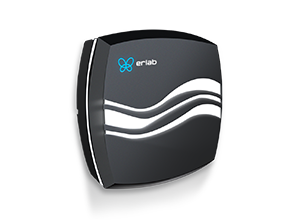FILTRATION: ERLAB’S CORE BUSINESS
Particulate filtration technology
For over a century, activated carbon has been used for its exceptional adsorption properties.
There are many varieties of activated carbon that are currently used in different applications, such as treating water, air emissions and VOCs as well as solvent recovery.
Principle
Since 1968, Erlab has been the global leader in filtration technology to provide protection for laboratory staff. We put all our efforts into researching, designing, developing and manufacturing durable protection solutions.
Particulate filtration technology
Particulate filtration focuses on pollutants that take the form of particles, including dust, allergens, viruses and bacteria, which can be found in aerosols or smoke, for example. This filtration is carried out using high-efficiency filters (HELP/ULPA).
Particulate filters can work in four different ways, depending on the size of the particles to be filtered:
An optimal level of filtration
To guarantee a high level of filtration and thus ensure the safety of users of our devices, we use filters of at least HEPA* H14 classification, in line with the MPPS method (most penetrating particle size—see diagram below) as described in the EN 1822 standard. For this particle size, the minimum efficiency of a H14 filter is 99.995%. We also have ULPA* U16 filters, which have a minimum efficiency of 99.99995%.
Molecular filtration technology: Activated carbon
Molecular filtration focuses on pollutants in the form of molecules, including VOCs (volatile organic compounds), gases and vapours. Molecules are retained by adsorption, a phenomenon whereby solids allow certain gases to adhere to their surface.
For over a century, activated carbon has been used for its exceptional adsorption properties.There are many varieties of activated carbon that are currently used in different applications, such as treating water, air emissions and VOCs as well as solvent recovery.
Each application requires a specific type of activated carbon.At Erlab, we have developed a unique range of activated carbons dedicated to ensuring safe inhalation for laboratory staff.
Our very strict specifications determine a set of characteristics (particle size, apparent density, hardness, ash content, etc.) that allow us to select the raw materials and formulate them to guarantee the best possible adsorption rates across a wide spectrum of molecules.
These characteristics are rigorously controlled according to protocols described in international standards (ASTM).
However, activated carbon is not the only guarantee of filtration performance. The efficiency of a molecular filter is also dependent on its installation and use.
Thus, the conformity of our fume hoods to the AFNOR NF X15-211 standard guarantees the performance of molecular filtration.
Choosing filtration
over extraction
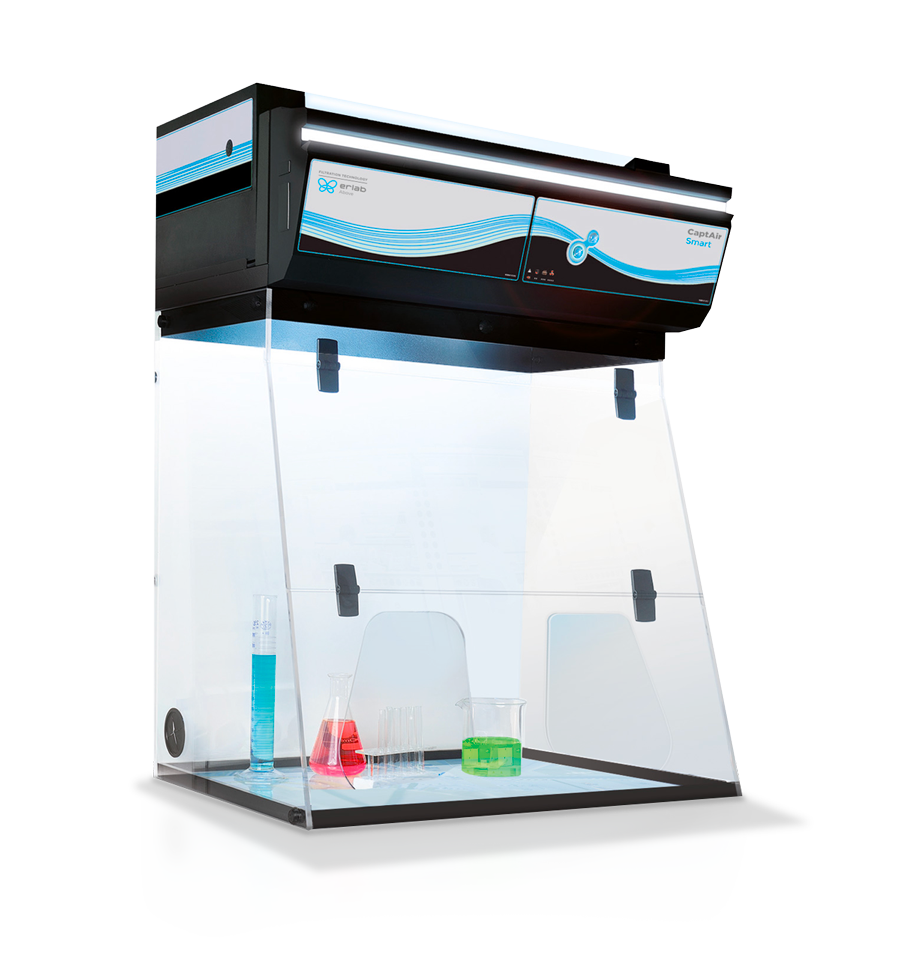
EXPERTISE
Benefit from 50 years of research expertise in the field of molecular and particulate filtration.
SAFETY
Our particulate filters are all individually tested according to current regulations and come with a certificate of conformity.
Each batch of activated carbon used in our molecular filters is analysed in ERLAB’s laboratory in line with current regulations. As such, each molecular filter is delivered with a certificate of conformity.
PERFORMANCE
Our filters have a high retention capacity that guarantees high filtration performance.
INNOVATION
Benefit from the most advanced molecular filtration technology in the world.
ENVIRONMENT
Zero emissions, inside and out.
Activated carbon traps pollutants indefinitely. What’s more, our filtration technology combined with our ductless filtering fume hoods save a huge amount of energy, allowing you to reduce your impact on both the environment and your budget.
Improved performance compared to conventional filters.
The choice of Erlab superactivated carbon.
Scope of application, retention capacity, formulation:
Erlab's choice of overactivated carbon is available in 5 references.
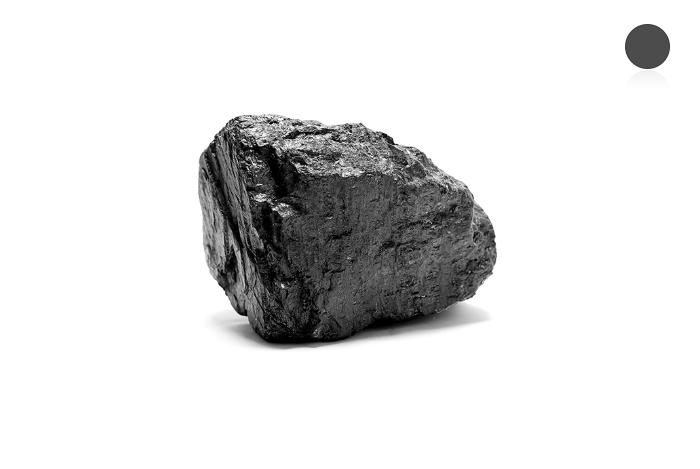
Carbone Erlab
type Neutrodine
Versatile for
vapours and gases
Chemical properties
Appearance: Granules
Odour: None
Colour: Black
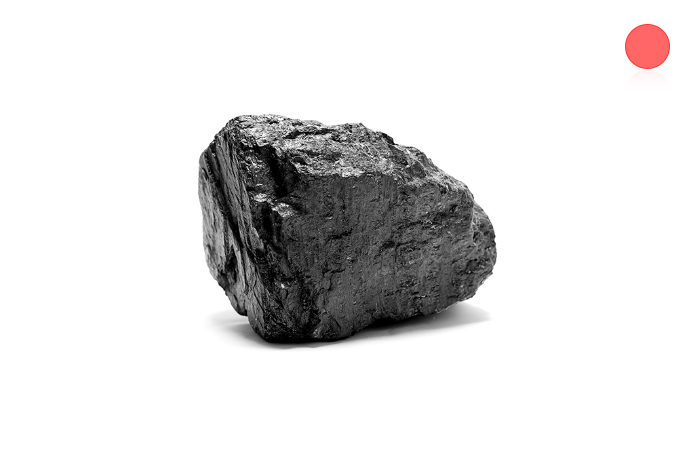
Carbone Erlab
type AS
For predominantly
organic vapours
Chemical properties
Appearance: Granules
Odour: None.
Colour: Black.
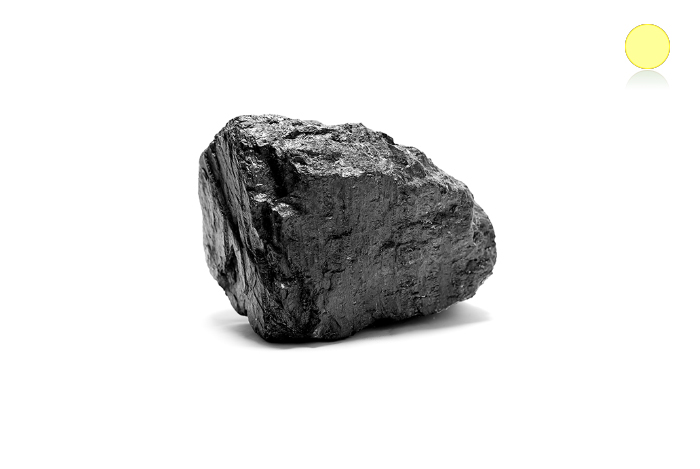
Carbone Erlab
type BE +
For predominantly
acidic and organic vapours
Chemical properties
Appearance: Granules
Odour: None.
Colour: Black.
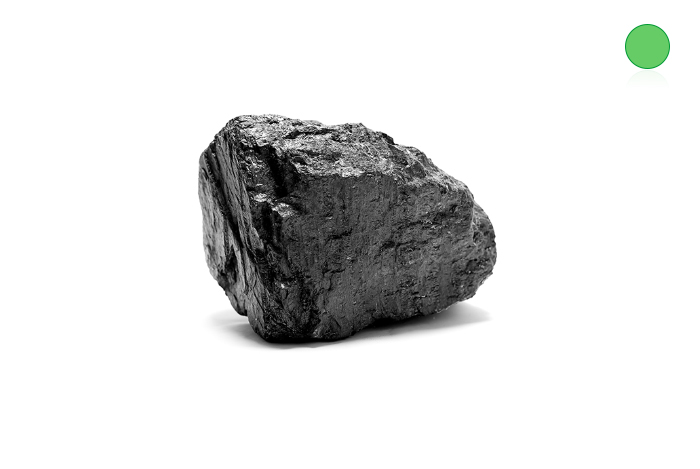
Erlab carbon
type F
For formaldehyde vapours
Chemical properties
Appearance: Granules
Odour: None.
Colour: Black.
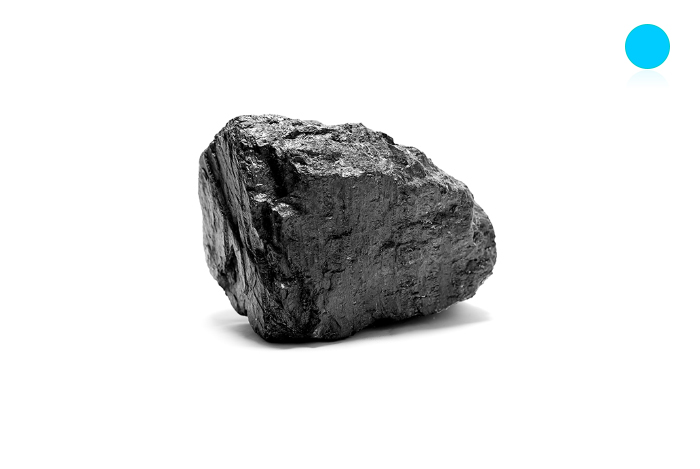
Erlab carbon
type K
For ammonia vapours
Chemical properties
Apparence : Granulés
Odeur : Aucune.
Couleur : Noir.



